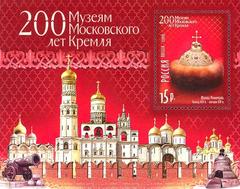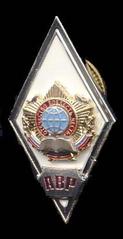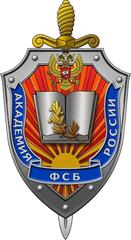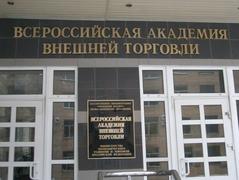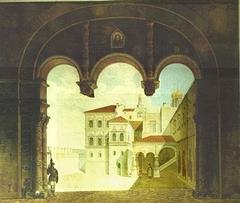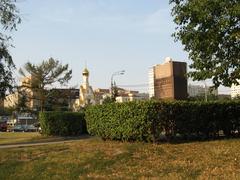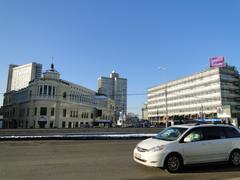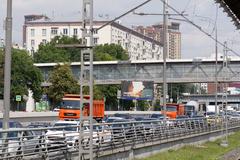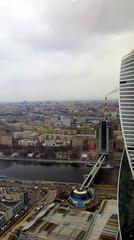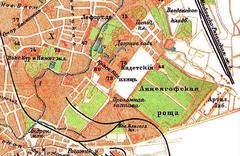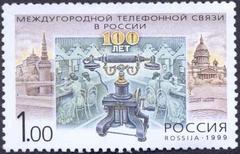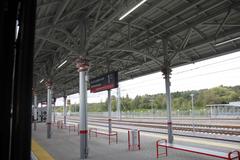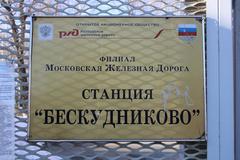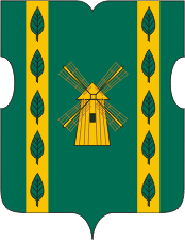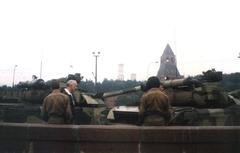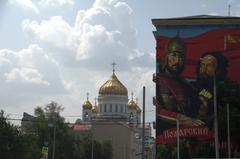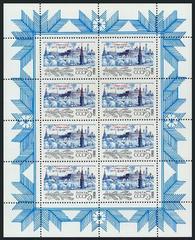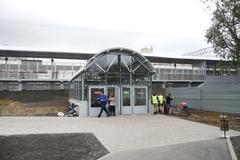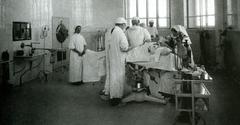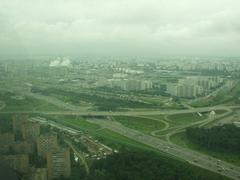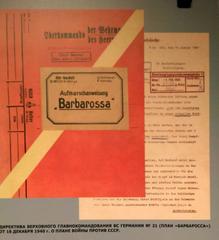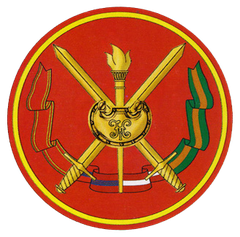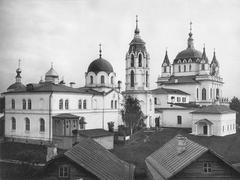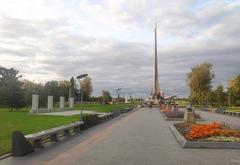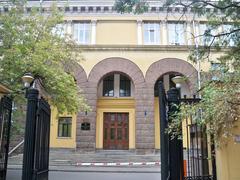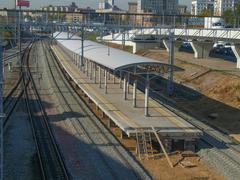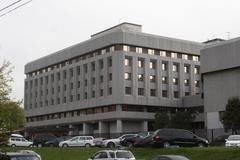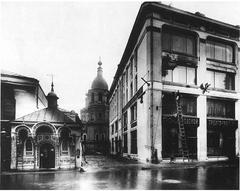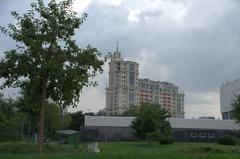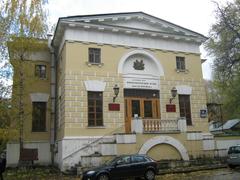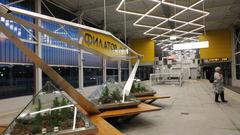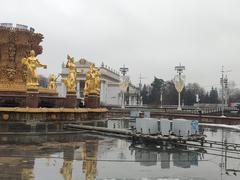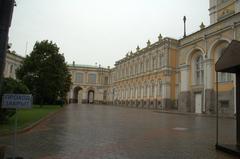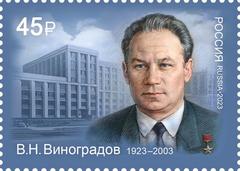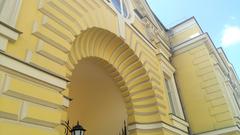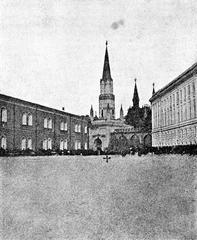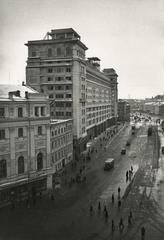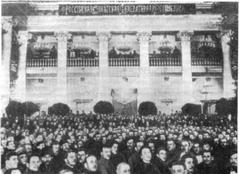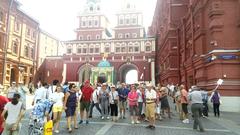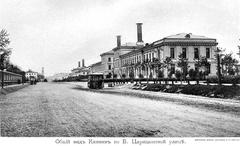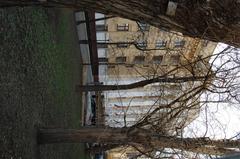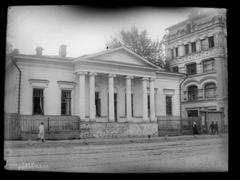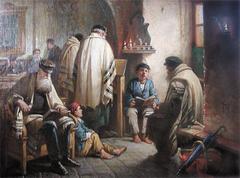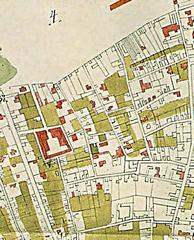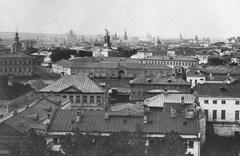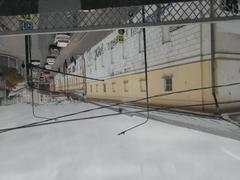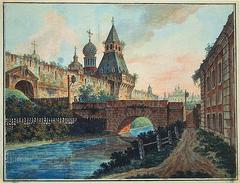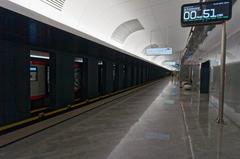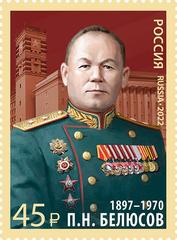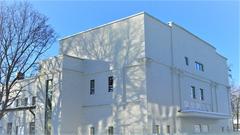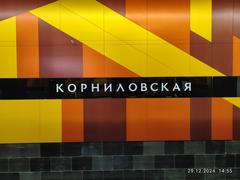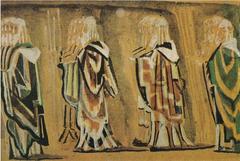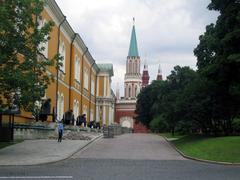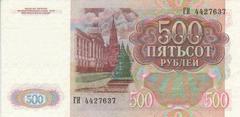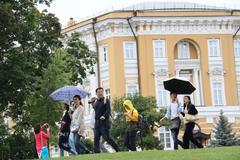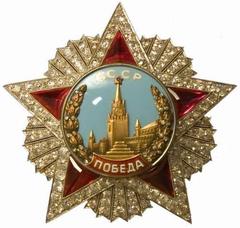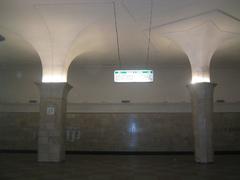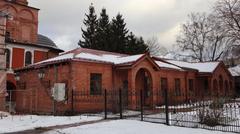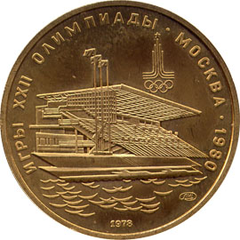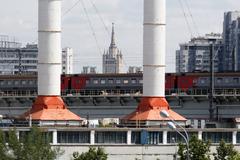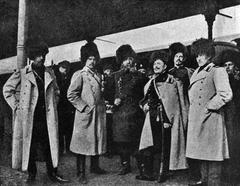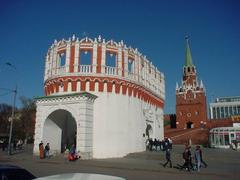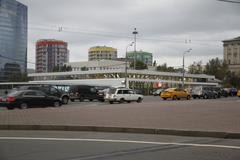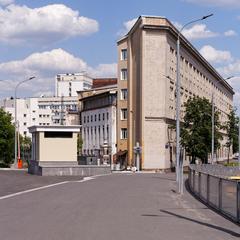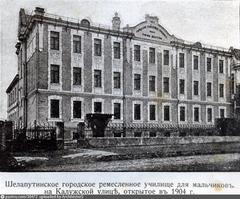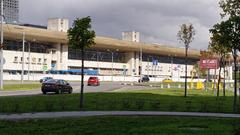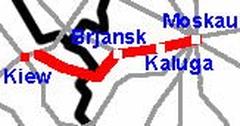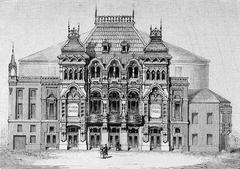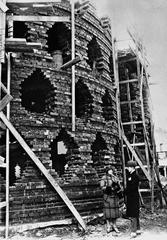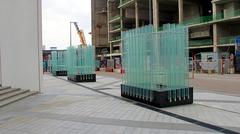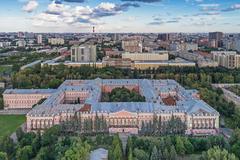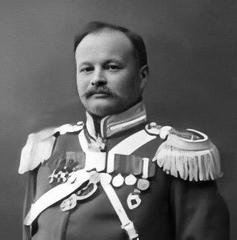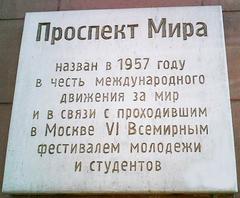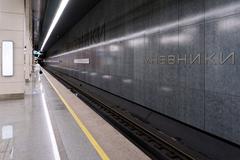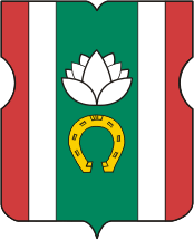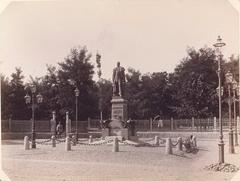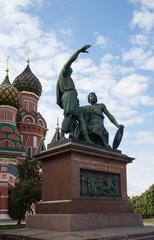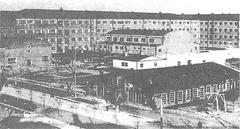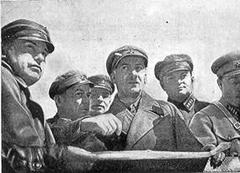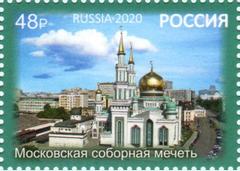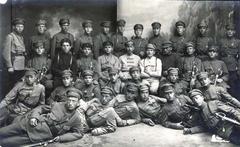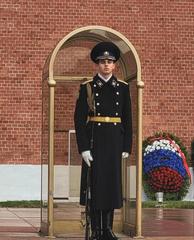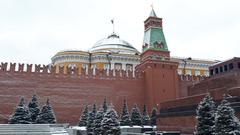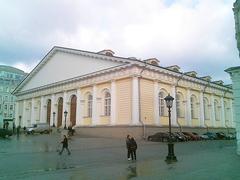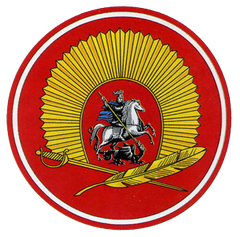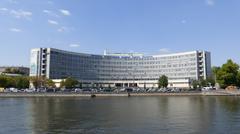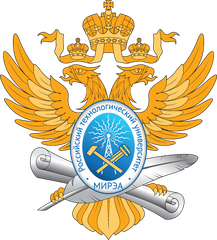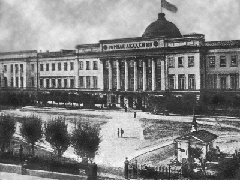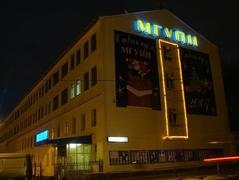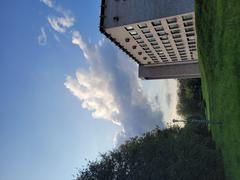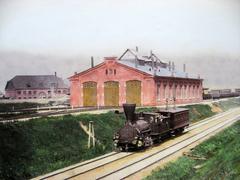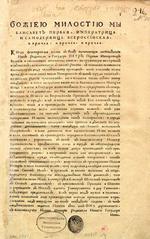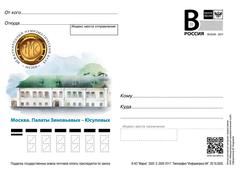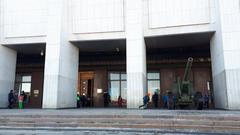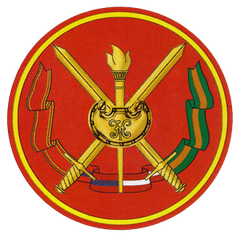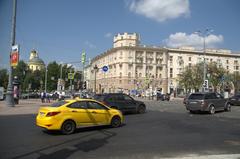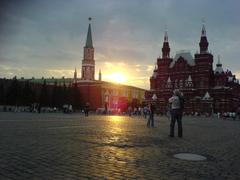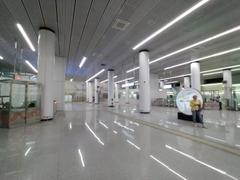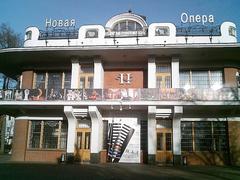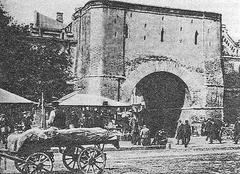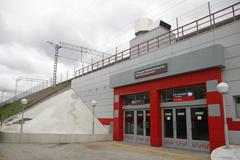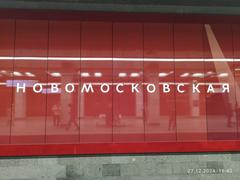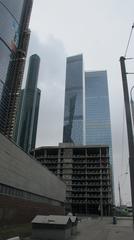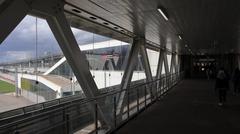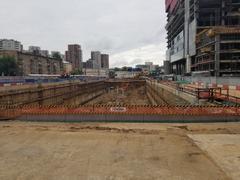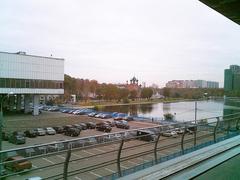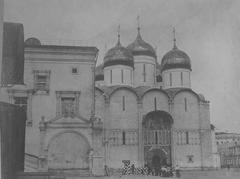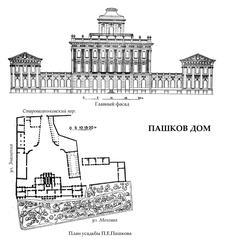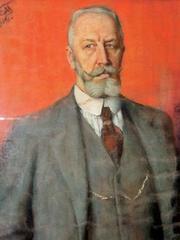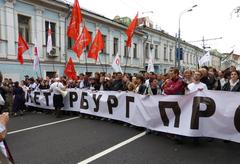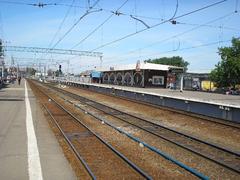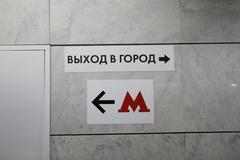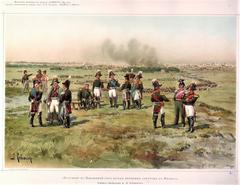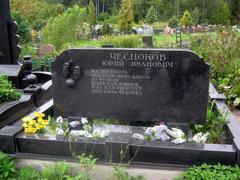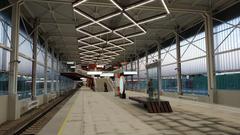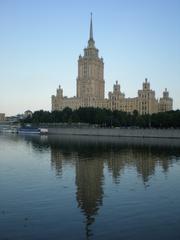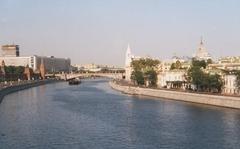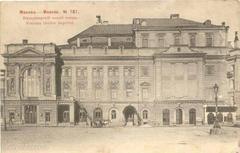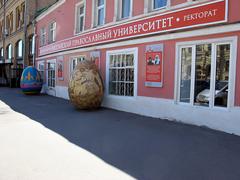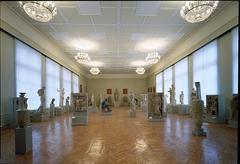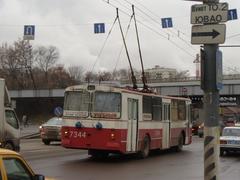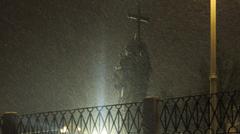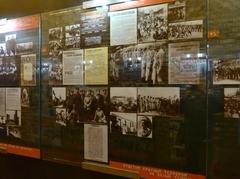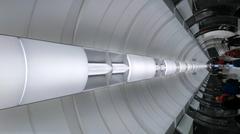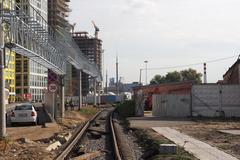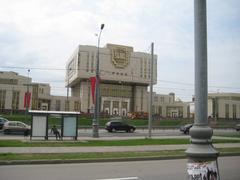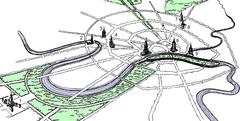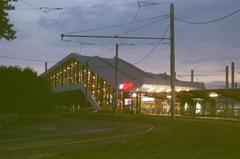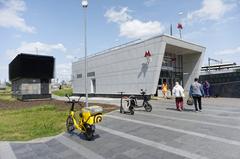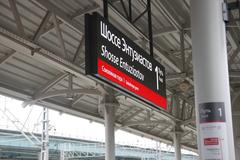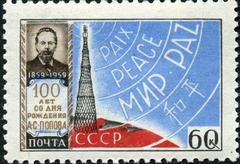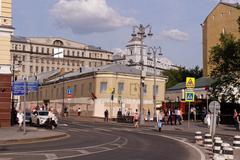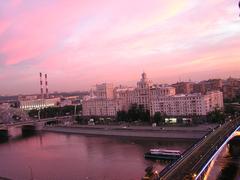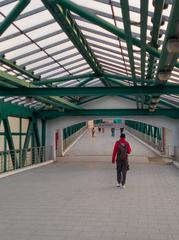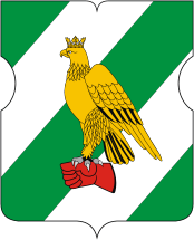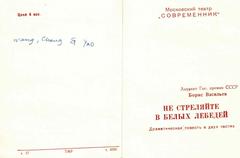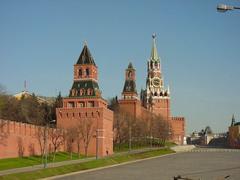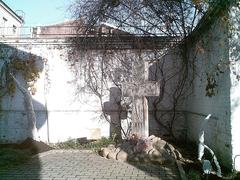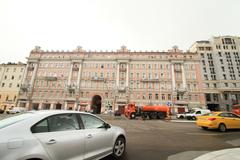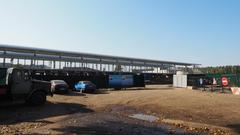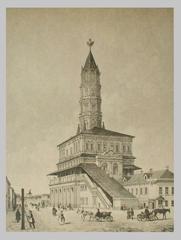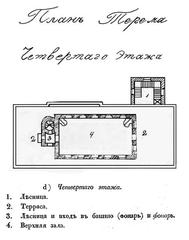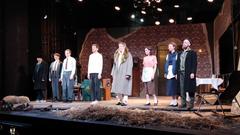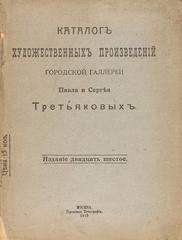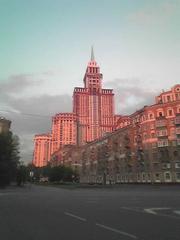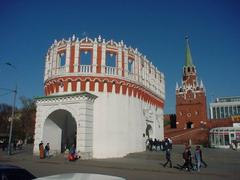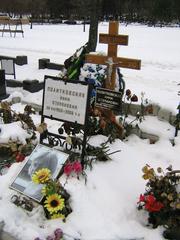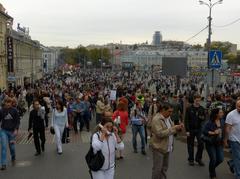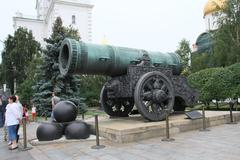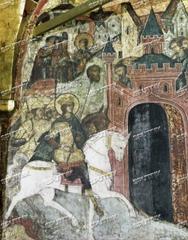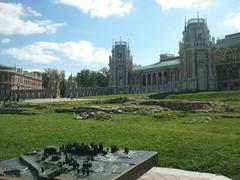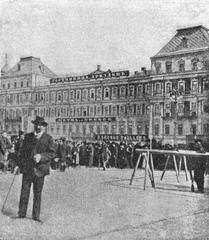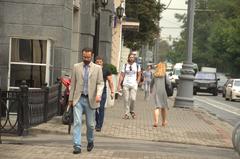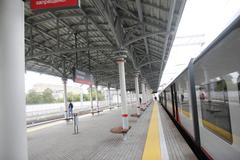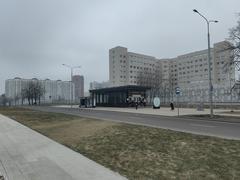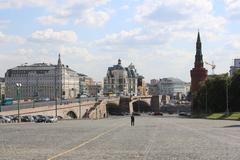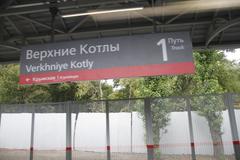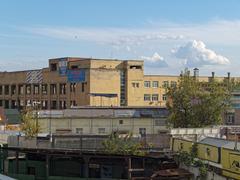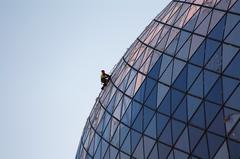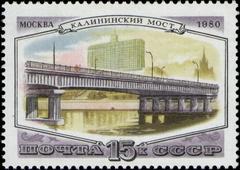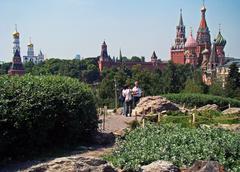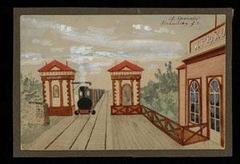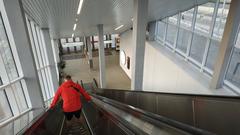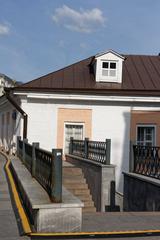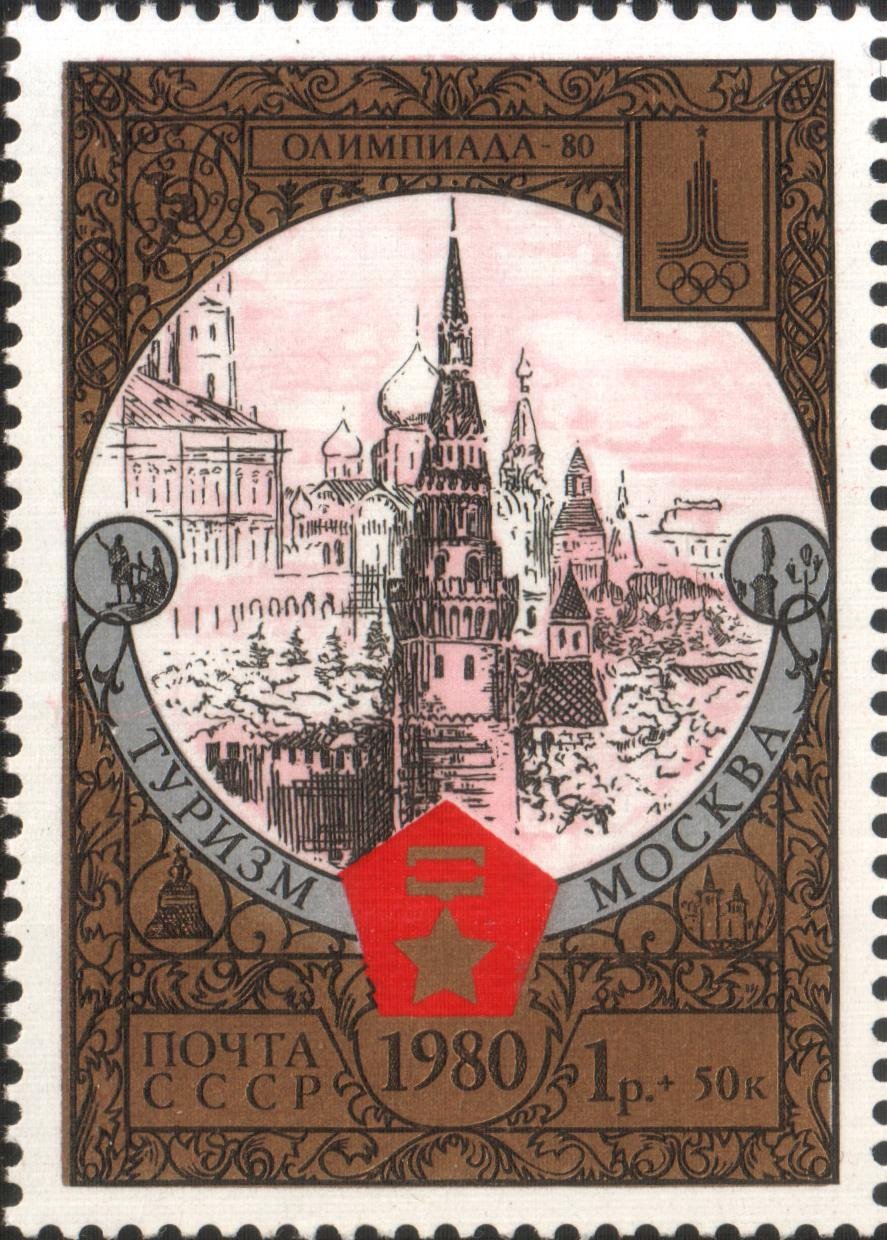
Visiting Hours, Tickets, and Historical Significance of Tsar Bell, Moscow
Date: 01/08/2024
Introduction
The Tsar Bell, an iconic symbol of Russian craftsmanship and ambition, stands within the historic Moscow Kremlin. This monumental artifact, known as the largest bell in the world, offers visitors a unique glimpse into the rich tapestry of Russian history and culture. Despite never having been rung, the Tsar Bell captivates with its sheer size, intricate decorations, and the fascinating story behind its creation. Situated in Ivanovskaya Square next to the Ivan the Great Bell Tower, the bell’s presence is a testament to the resilience and ingenuity of Russian artisans. This guide provides a comprehensive overview of the Tsar Bell’s historical significance, practical visitor information, and travel tips to ensure an enriching experience. Whether you are a history enthusiast, a culture aficionado, or a curious traveler, the Tsar Bell is a must-see attraction in Moscow (RBTH, Kremlin).
Table of Contents
- [Introduction](#introductionintroduction)
- [Historical Background](#historical-backgroundhistorical-background)
- [Origins and Early Attempts](#origins-and-early-attemptsorigins-and-early-attempts)
- [The Second Tsar Bell](#the-second-tsar-bellthe-second-tsar-bell)
- [Empress Anna Ioannovna’s Ambition](#empress-anna-ioannovnas-ambitionempress-anna-ioannovnas-ambition)
- [Casting the Tsar Bell](#casting-the-tsar-bellcasting-the-tsar-bell)
- [The Fire of 1737](#the-fire-of-1737the-fire-of-1737)
- [The Bell in the 19th Century](#the-bell-in-the-19th-centurythe-bell-in-the-19th-century)
- [The Sound of the Tsar Bell](#the-sound-of-the-tsar-bellthe-sound-of-the-tsar-bell)
- [Modern Simulations](#modern-simulationsmodern-simulations)
- [The Tsar Bell Today](#the-tsar-bell-todaythe-tsar-bell-today)
- [Visitor Information](#visitor-informationvisitor-information)
- [Visiting Hours and Tickets](#visiting-hours-and-ticketsvisiting-hours-and-tickets)
- [Travel Tips](#travel-tipstravel-tips)
- [FAQ](#faqfaq)
- [Conclusion](#conclusionconclusion)
- [Sources](#sourcessources)
Historical Background
Origins and Early Attempts
The tradition of casting enormous bells for the Kremlin began in the early 17th century, with the first significant attempt resulting in a bell weighing between 17 and 35 tons. This initial bell required 24 people just to move its hammer, underscoring the immense scale of the project (RBTH).
The Second Tsar Bell
The first bell was eventually replaced by a second, even larger bell, weighing 130 tons. This bell was cast under the reign of Tsar Alexei I in the mid-17th century. Unfortunately, like its predecessor, it too fell victim to a fire in 1701, which caused it to crash down and break. The remnants of this second bell were later used in the creation of the current Tsar Bell (RBTH).
Empress Anna Ioannovna’s Ambition
In 1730, Empress Anna Ioannovna decided to commission an even larger bell, continuing the tradition of creating massive bells for the Kremlin. This new bell was to be more than one and a half times bigger than its 130-ton predecessor. The decision to cast such a gigantic bell was a testament to the Russian monarchs’ taste for grandiose and monumental projects (RBTH).
Casting the Tsar Bell
To cast the Tsar Bell, a massive pit 10 meters deep was dug near the Kremlin. The project began in earnest, with Ivan Motorin and his son Mikhail taking on the task after a famous French craftsman declined, thinking the project was a joke due to the bell’s enormous size and weight. After one and a half years of preparatory work, the bell was finally cast in 1735. Tragically, Ivan Motorin died during the process, and his son Mikhail continued the project (RBTH).
The Fire of 1737
Before the Tsar Bell could be completed or installed, it fell prey to a fire in 1737. The fire caused the bell to fall from its supports, breaking off a significant piece. This incident mirrored the fate of its predecessors, which also suffered damage due to fires. Despite this setback, the bell remained in its pit for nearly a century, as engineers struggled to figure out how to extract it (RBTH).
The Bell in the 19th Century
In the early 19th century, Tsar Alexander I ordered the construction of a ladder down to the bell so that curious visitors could view it. The bell, which weighs 200 tons and stands 8 meters tall, was skillfully decorated with figures of Empress Anna and Tsar Alexei engraved on its surface. It wasn’t until the 1830s that the famous French architect Auguste de Montferrand, who also designed Saint Isaac’s Cathedral in Saint Petersburg, devised a plan to raise the Tsar Bell from its pit. Finally, the bell was placed on a pedestal in the Kremlin (RBTH).
The Sound of the Tsar Bell
Despite its impressive size and craftsmanship, the Tsar Bell has never been rung. There were suggestions to reattach the broken piece and attempt to use the bell for its original purpose, but these ideas were ultimately rejected. It was determined that the bell would not be able to ring normally due to the damage it sustained (RBTH).
Modern Simulations
In 2016, a group of researchers in the United States used computer simulations to recreate the sound that the Tsar Bell would have made. The scientists calculated the thickness, shape, movement, and materials of the bell to produce the sound. This simulation was carried out at the University of California’s Berkeley campus, providing a fascinating glimpse into what the bell might have sounded like if it had ever been rung (RBTH).
The Tsar Bell Today
Today, the Tsar Bell stands as a monumental piece of Russian history and craftsmanship. It is located in Ivanovskaya Square within the Kremlin, alongside the Tsar Cannon, another impressive artifact. The bell remains a popular attraction for visitors to the Kremlin, symbolizing the grandeur and ambition of Russia’s historical rulers (World of Wanderlust).
Visitor Information
Visiting Hours and Tickets
For those planning to visit the Tsar Bell, it is important to note that the Kremlin is closed on Thursdays. It is open every other day from 10 am to 6 pm, with the ticket office opening an hour earlier at 9 am and closing at 4:30 pm. Tickets cost 500 RUB, and it is advisable to purchase them online to avoid long queues (World of Wanderlust).
Travel Tips
- Accessibility: The Kremlin is generally accessible, but certain areas might have uneven terrain. Check the Kremlin’s official website for detailed accessibility information.
- Nearby Attractions: While visiting the Tsar Bell, make sure to explore other historical sites within the Kremlin such as the Tsar Cannon, the Armory Chamber, and the Cathedral of the Archangel.
- Guided Tours: Consider booking a guided tour to get in-depth insights into the history and significance of the Tsar Bell and other Kremlin attractions.
- Photography Spots: The area around the Tsar Bell offers several excellent spots for photography. Capture the bell from different angles to appreciate its size and intricate details.
- Special Events: Check the Kremlin’s official website for any special events or exhibitions that might be happening during your visit.
FAQ
Q: What are the visiting hours for the Tsar Bell? A: The Kremlin, where the Tsar Bell is located, is open every day except Thursday from 10 am to 6 pm.
Q: How much do tickets cost? A: Tickets to visit the Kremlin, including the Tsar Bell, cost 500 RUB.
Q: Can the Tsar Bell be rung? A: No, the Tsar Bell has never been rung due to the damage it sustained from a fire in 1737.
Q: Are there guided tours available? A: Yes, guided tours are available and recommended for a comprehensive understanding of the Tsar Bell and other Kremlin attractions.
Conclusion
The Tsar Bell’s history is a testament to the ambition and craftsmanship of Russian artisans and monarchs. Despite never being rung, its story and presence continue to captivate visitors, making it a must-see attraction for anyone visiting the Kremlin. For more information and updates, follow us on social media or download our mobile app Audiala.
Sources
- ‘The Tsar Bell: A Monumental Piece of Russian History,’ 2017, Russia Beyond (RBTH)
- ‘Tsar Bell,’ 2023, Kremlin Official Website (Kremlin)
- ‘A Guide to Visiting the Kremlin in Moscow,’ 2021, World of Wanderlust (World of Wanderlust)
- ‘Tsar Bell,’ 2023, Lonely Planet (Lonely Planet)
- ‘Tsar Bell,’ 2023, Wikipedia (Wikipedia)
- ‘The Tsar Bell,’ 2023, Atlas Obscura (Atlas Obscura)

